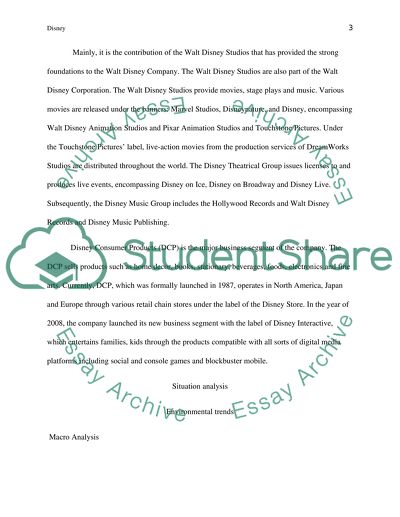Cite this document
(“Case Study - Disney Essay Example | Topics and Well Written Essays - 4500 words”, n.d.)
Case Study - Disney Essay Example | Topics and Well Written Essays - 4500 words. Retrieved from https://studentshare.org/marketing/1401241-case-study-disney
Case Study - Disney Essay Example | Topics and Well Written Essays - 4500 words. Retrieved from https://studentshare.org/marketing/1401241-case-study-disney
(Case Study - Disney Essay Example | Topics and Well Written Essays - 4500 Words)
Case Study - Disney Essay Example | Topics and Well Written Essays - 4500 Words. https://studentshare.org/marketing/1401241-case-study-disney.
Case Study - Disney Essay Example | Topics and Well Written Essays - 4500 Words. https://studentshare.org/marketing/1401241-case-study-disney.
“Case Study - Disney Essay Example | Topics and Well Written Essays - 4500 Words”, n.d. https://studentshare.org/marketing/1401241-case-study-disney.


